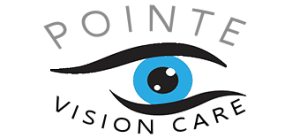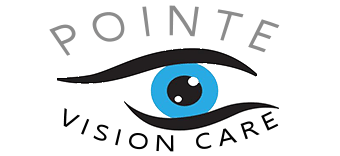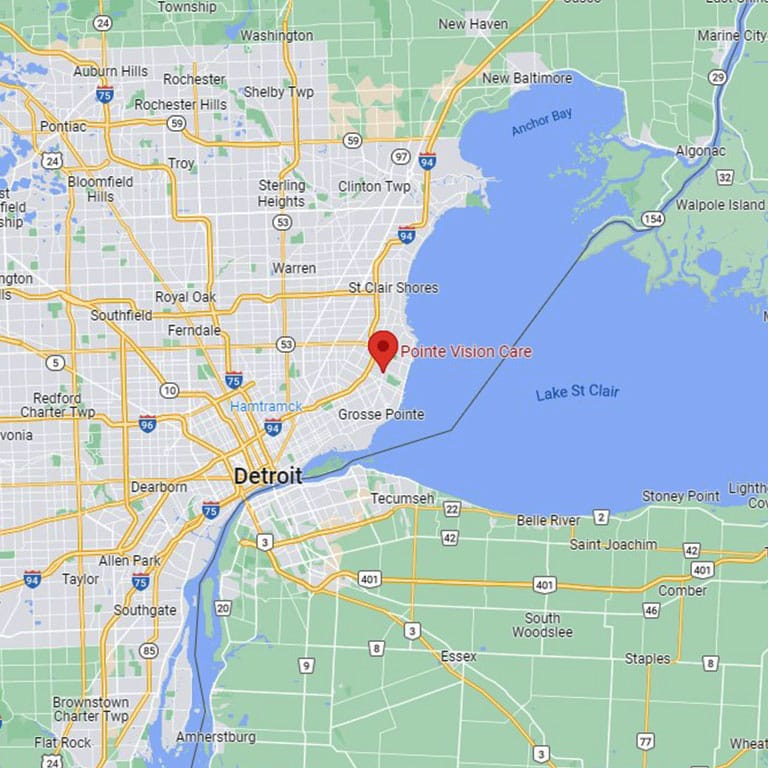Common Kids Eye Problems
Vision Issues
Myopia (my·oh·pee·uh)
More commonly known as “nearsightedness,” this vision problem occurs when someone can’t see objects in the distance while those nearby are clear. Look for signs of squinting and eye rubbing. Your child may also start sitting closer to the TV or squinting when looking at a faraway object. If so, they may need vision correction.
Hyperopia (high·per·oh·pee·uh)
More commonly known as “farsightedness,” this vision problem occurs when someone can’t clearly see objects nearby but can see them clearly in the distance. Like nearsightedness, this condition can be easily corrected with glasses. Look for signs of squinting and eye rubbing. Another indication may be if your child frequently complains about headaches.
Astigmatism (uh·stig·muh·tism)
This common condition can cause blurred vision. The eyeball is supposed to be round, but sometimes it’s more of a “football” shape. In most cases, your child’s eye doctor can prescribe glasses or contacts to address the problem. As with the conditions above, your child may squint or rub his or her eyes as a symptom.
Eye Infections
Conjunctivitis (con·junk·tuh·vite·us)
More commonly known as “pink eye,” this condition is an infection that can be viral or bacterial. Symptoms can include redness, itching, burning, discharge, crusted eyelashes and increased tear production. Pink eye is often very contagious, so if your child is showing these symptoms, you’ll want to keep him or her home for the day until you visit the eye doctor. Many times, the eye doctor will prescribe eye drops to clear the infection.
Chalazion/Stye (ka·lay·zee·un/sty)
Similar but different, both a chalazion and a stye can be quite uncomfortable. A chalazion is a swollen bump on the eyelid, while a stye grows at the base of the eyelid and is caused by a bacterial infection. A chalazion is not usually painful, but a stye may be. Repeated use of a warm compress can help both conditions.
Should you notice that your child has any of the above symptoms, schedule an appointment with your eye doctor. They can identify if treatment is needed and help get your child back to their normal, healthy self.
Information received through VSP Vision Care channels is for informational purposes only and does not constitute medical advice, medical recommendations, diagnosis or treatment. Always seek the advice of your eye doctor, physician or other qualified health provider with any questions you may have regarding a medical condition.
Article ©2020 Vision Service Plan. All rights reserved. Reproduction other than for one-time personal use is strictly prohibited. This article was originally published at https://www.vsp.com/eyewear-wellness/eye-health/kids-eye-problems



Leave a Reply
Want to join the discussion?Feel free to contribute!